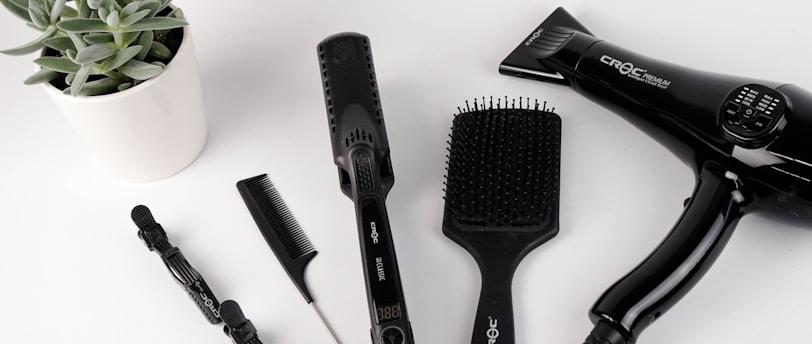Understanding IMC Requirements for Nail Salon Ventilation: Ensuring Optimal Point Source Exhaust Systems
5/28/20243 min read

IMC Requirements for Nail Salon Ventilation
The International Mechanical Code (IMC) sets forth stringent requirements for nail salon ventilation to ensure a safe and healthy environment. One of the primary mandates is the installation of point source exhaust systems that vent directly outside the building. These systems are required to have a minimum capacity of 50 cubic feet per minute (cfm) per station. This specification is crucial in effectively removing harmful fumes and chemicals that are commonly generated during nail treatments.
Nail treatments often involve the use of volatile organic compounds (VOCs), including acetone, formaldehyde, and toluene, which can pose significant health risks if inhaled over prolonged periods. The point source exhaust systems are designed to capture these contaminants at their origin, preventing their spread throughout the salon. This localized extraction not only protects clients but also safeguards the health of nail technicians who are exposed to these chemicals daily.
When integrating these exhaust systems into existing building setups, salon owners have two main options: utilizing the existing building exhaust system or establishing a separate, dedicated exhaust system. Each approach has its advantages and disadvantages. Integrating with the existing building exhaust system can be more cost-effective and less intrusive, as it leverages the current infrastructure. However, this method may not always provide the optimal airflow needed to effectively remove all harmful fumes, particularly if the building's system was not designed with high-capacity, localized extraction in mind.
On the other hand, establishing a separate exhaust system specifically for the nail salon can offer more precise control over ventilation parameters, ensuring that the 50 cfm per station requirement is consistently met. Although this option may involve higher initial costs and more extensive modifications to the salon's layout, it guarantees a higher standard of air quality and compliance with IMC requirements.
Ultimately, the choice between these options will depend on various factors, including the salon's size, existing infrastructure, and budget. However, adhering to the IMC's ventilation requirements is non-negotiable for ensuring the safety and well-being of both clients and staff in nail salons.
Design Considerations for Incorporating IMC-Compliant Ventilation Systems in Nail Salons
Effective design is crucial for ensuring that nail salons comply with International Mechanical Code (IMC) ventilation requirements. One of the primary considerations is the strategic placement and sizing of exhaust systems. Proper placement ensures that contaminants are efficiently captured and removed from the breathing zone. Typically, point source exhaust systems should be located near workstations where fumes and particles are generated. This targeted approach helps in maintaining optimal indoor air quality, safeguarding both employees and clients.
Another critical aspect is the sizing of the exhaust systems. Adequate airflow must be maintained to ensure that contaminants are effectively dispersed. Oversized systems may lead to unnecessary energy consumption, while undersized systems may fail to meet the required air changes per hour. Therefore, a balanced approach is essential to achieve both compliance and energy efficiency.
Retrofitting existing nail salons to meet IMC standards can present unique challenges. These may include spatial constraints, increased building exhaust loads, and the need for additional ductwork. To address these issues, it is advisable to conduct a thorough assessment of the current ventilation setup. Solutions may involve redesigning the layout to minimize airflow obstructions or integrating supplementary exhaust fans to enhance overall system performance. Energy-efficient models should be prioritized to mitigate the impact on utility costs.
Coordination with HVAC professionals and adherence to local building codes are paramount for the seamless integration of point source exhaust systems. HVAC experts can provide valuable insights into optimizing system performance while ensuring compliance with IMC requirements. Local building codes may have additional stipulations that need to be addressed, making it essential to maintain open communication with regulatory bodies throughout the design and installation process.
Real-world examples underscore the importance of meticulous planning and execution. For instance, a salon in California successfully retrofitted its ventilation system by incorporating high-efficiency exhaust fans and strategically placed ductwork, resulting in improved air quality and reduced energy consumption. Conversely, common pitfalls such as inadequate system sizing or poor placement can lead to non-compliance and potential health risks.
In summary, designing IMC-compliant ventilation systems for nail salons involves careful consideration of exhaust placement, system sizing, and potential retrofitting challenges. Collaboration with HVAC professionals and adherence to local codes are essential steps to ensure optimal implementation and compliance.